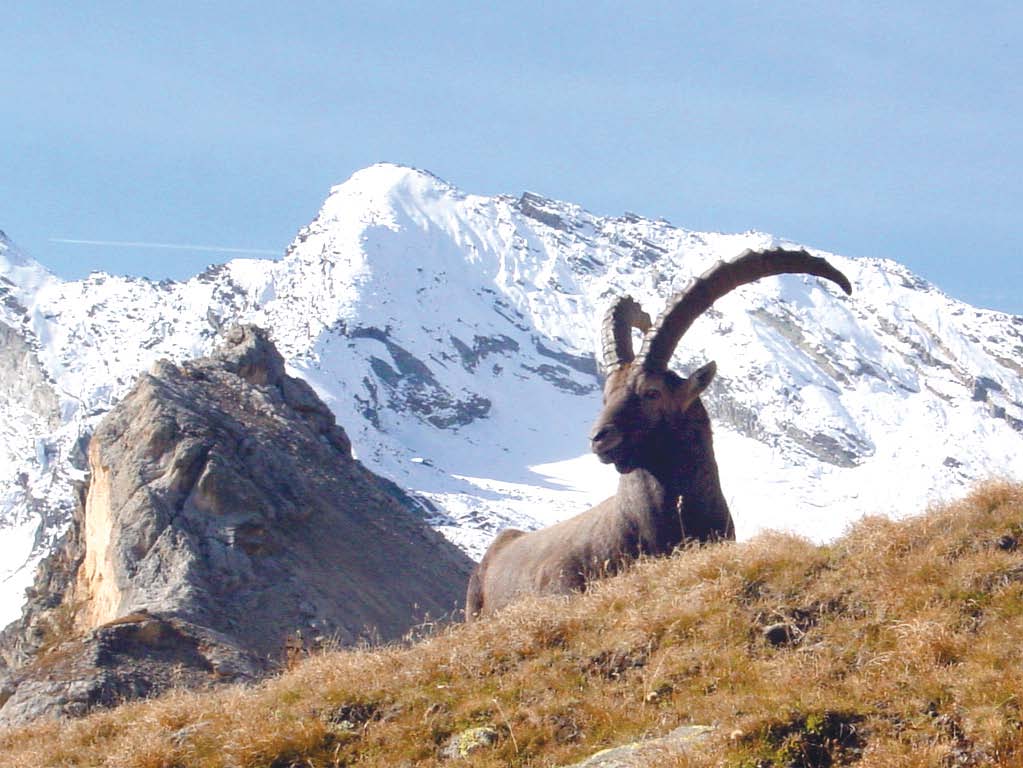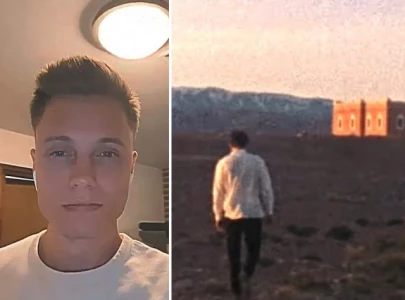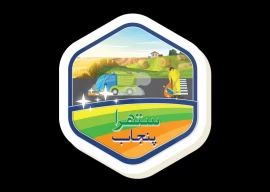
Conservators, community workers and government officials at a meeting here on Monday called for expanding trophy hunting areas in more valleys of Gilgit-Baltistan (G-B) to bring more money to the region and improve the quality of life and ecosystem.
“The trophy hunting needs to be extended to other valleys too, if we want to see more communities prosper,” said Khalil Ahmed, an official of a project for mountain areas conservation, sponsored by the Ministry of Environment.
The meeting was attended by Secretary Environment, Abdul Hameed and Conservator of Forests, Ismail Zafar among other professionals of forests and wildlife.
Ahmed added the government should notify at least seven more valleys as “community-controlled hunting areas” as the people of those areas have contributed to the conservation of wildlife. Trophy hunting brings millions of rupees in the region every year.
“The proposal for notifying more areas for trophy hunting is pending before the government,” he said, urging the officials to expedite the process. He added that if approved, the programme will boost the economic condition of the poor people, who mainly depend on the natural resources for their sustenance. The official also briefed the meeting about the valley-level funds created for the sustainability of the initiatives taken by the government for conservation.
He added the conservation project in its earlier phase (1999-2006) was launched in 47 valleys of G-B, forming committees, which worked for the sustainable use of natural resources. “We are still working for the capacity building and strengthening of these committees,” he said.
The environment secretary said that communities should be imparted trainings so that they rely less on natural resources and more on alternative means of income generation. He called on initiating projects boosting tourism in the region.
The conservator said that dozens of communities living in resourceful valleys have been supported with written conservation plans, elaborating on an effective utilisation of the resources.
Published in The Express Tribune, May 17th, 2011.



1719211536-0/BeFunky-collage-(81)1719211536-0-165x106.webp)



















COMMENTS
Comments are moderated and generally will be posted if they are on-topic and not abusive.
For more information, please see our Comments FAQ